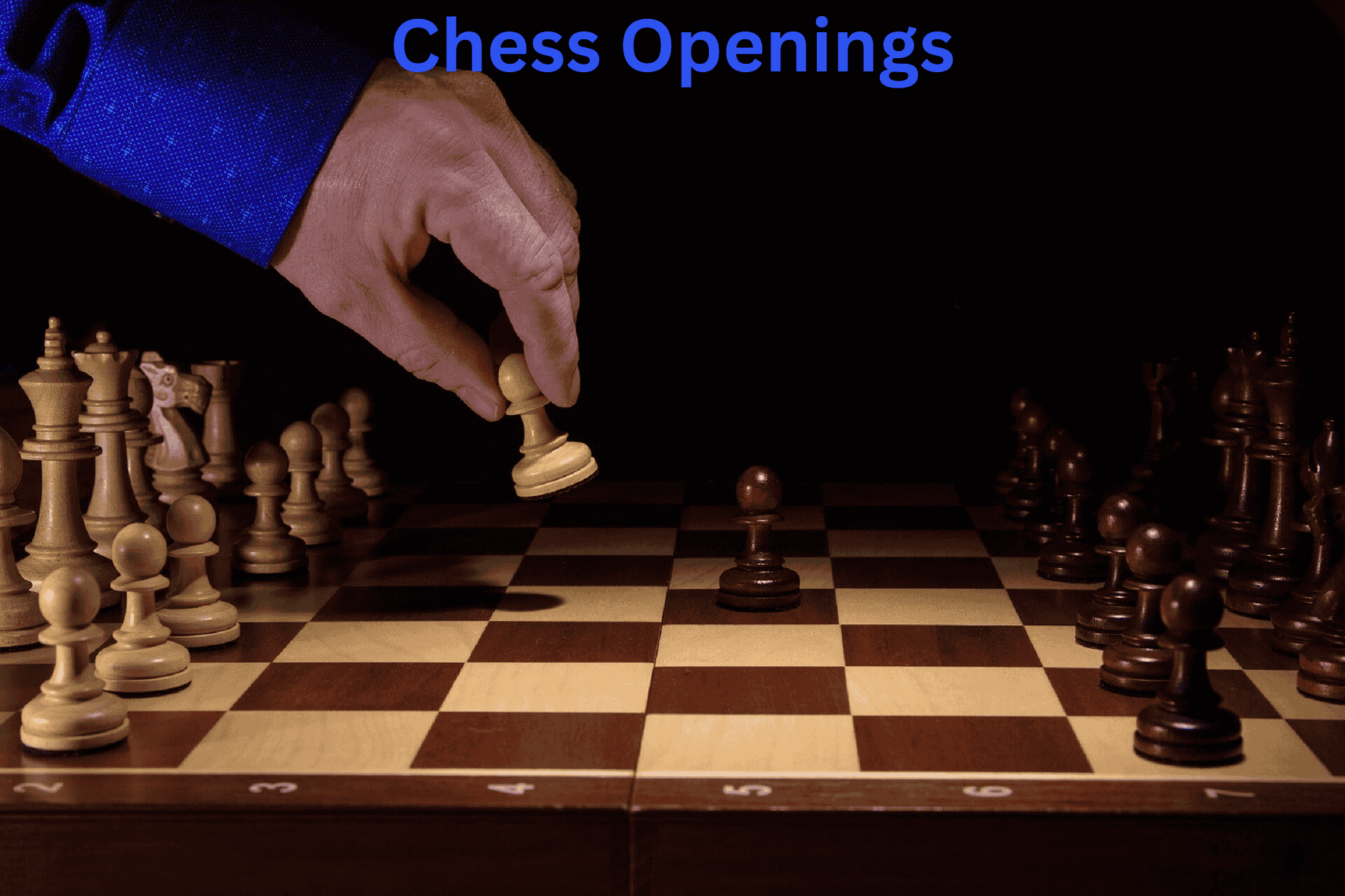Understanding Chess Openings: A Complete Guide for Success
Chess openings are the first few moves of the game, typically the first 10–15. They form the foundation of your strategy, helping you control the board, develop pieces, and protect your king. Whether you’re a beginner or an improving player, mastering a few key openings is essential to win more games and avoid early mistakes.
Chess openings are the foundation of every great game. The first 10-15 moves can determine whether you get a crushing attack, a solid positional advantage, or find yourself struggling to survive. This comprehensive guide will explore the most important chess openings, their key ideas, and how to choose the right ones for your playing style.
In this blog, let’s explore the purpose of openings, types of chess openings, and popular examples with key ideas.
🔍 Understanding Chess Openings
Before diving into specific openings, let’s cover some fundamentals:
A chess opening is the initial phase where players bring their pieces out, fight for control of the center, and prepare for the middlegame. A good opening achieves:
- Central control (especially e4, d4, e5, d5)
- Piece development (knights and bishops out early)
- King safety (usually through castling)
- Space and mobility
- Avoid moving the same piece multiple times in the opening
- Don’t bring out the queen too early
🧠 Types of Chess Openings
Chess openings are generally categorized by the first move and strategy. Here’s how they break down:
1. Open Games (1.e4 e5)
These are double king-pawn openings, often tactical and sharp.
📌 Popular Examples:
- Italian Game (1.e4 e5 2.Nf3 Nc6 3.Bc4): Fast development and early attacks.
- Ruy López (1.e4 e5 2.Nf3 Nc6 3.Bb5): Strategic pressure and long-term planning.
- Scotch Game (1.e4 e5 2.Nf3 Nc6 3.d4): Open lines and aggressive central control.
2. Semi-Open Games (1.e4 with a non-e5 reply)
White opens with 1.e4, but Black replies differently.
📌 Popular Examples:
- Sicilian Defense (1.e4 c5): Aggressive counterattack for Black.
- Caro-Kann Defense (1.e4 c6): Solid and defensive opening.
- French Defense (1.e4 e6): Strategic with strong pawn structure.
3. Closed Games (1.d4 d5)
These focus on positional play and long-term buildup.
📌 Popular Examples:
- Queen’s Gambit (1.d4 d5 2.c4): Offers a pawn to gain center control.
- London System (1.d4 and 2.Bf4): Easy to learn and solid.
- Colle System: Compact structure with powerful attack potential.
4. Indian Games (1.d4 Nf6)
Black delays d5 and plays more flexibly.
📌 Popular Examples:
- King’s Indian Defense: Let’s White take the center, then counters fiercely.
- Queen’s Indian Defense: Balanced, solid setup for strategic players.
- Nimzo-Indian Defense: Combines control with positional pressure.
5. Flank Openings (1.c4 Or. 1.Nf3 Or. 1.f4) – Side control
6. Specialized Openings
A. Gambits (For Aggressive Players)
- King’s Gambit (1.e4 e5 2.f4)
- Evans Gambit (1.e4 e5 2.Nf3 Nc6 3.Bc4 Bc5 4.b4)
- Blackmar-Diemer Gambit (1.d4 d5 2.e4)
B. Hypermodern Openings
- Grunfeld Defense (1.d4 Nf6 2.c4 g6 3.Nc3 d5)
C. Unusual But Effective
- Dutch Defense (1.d4 f5)
- Scandinavian (1.e4 d5)
- Bird’s Opening (1.f4)
How to Study Openings Effectively
- Learn the ideas first, then moves
- Analyze master games in your chosen opening
- Practice against bots before using in real games
- Use opening databases (Chess.com, Lichess, ChessBase)
- Don’t over-memorize – understand typical middlegame plans
Common Opening Mistakes to Avoid
❌ Moving the same piece multiple times
❌ Bringing out the queen too early
❌ Ignoring development to chase pawns
❌ Castling too late
❌ Playing passively without a plan
Mastering chess openings takes time, but choosing the right ones for your style will give you an immediate advantage. Remember:
- Beginners: Stick to principles (Italian, London)
- Intermediate: Expand based on style
- Advanced: Specialize in 2-3 openings
Chess openings are not just about memorization—they’re about understanding key ideas and developing good habits. Learn 1–2 openings as White and 2 as Black (against 1.e4 and 1.d4). Focus on understanding the ideas rather than just copying moves.
Whether you prefer fast tactical battles or slow positional fights, there’s a perfect opening out there for you. Pick your weapons and begin every game with confidence!
